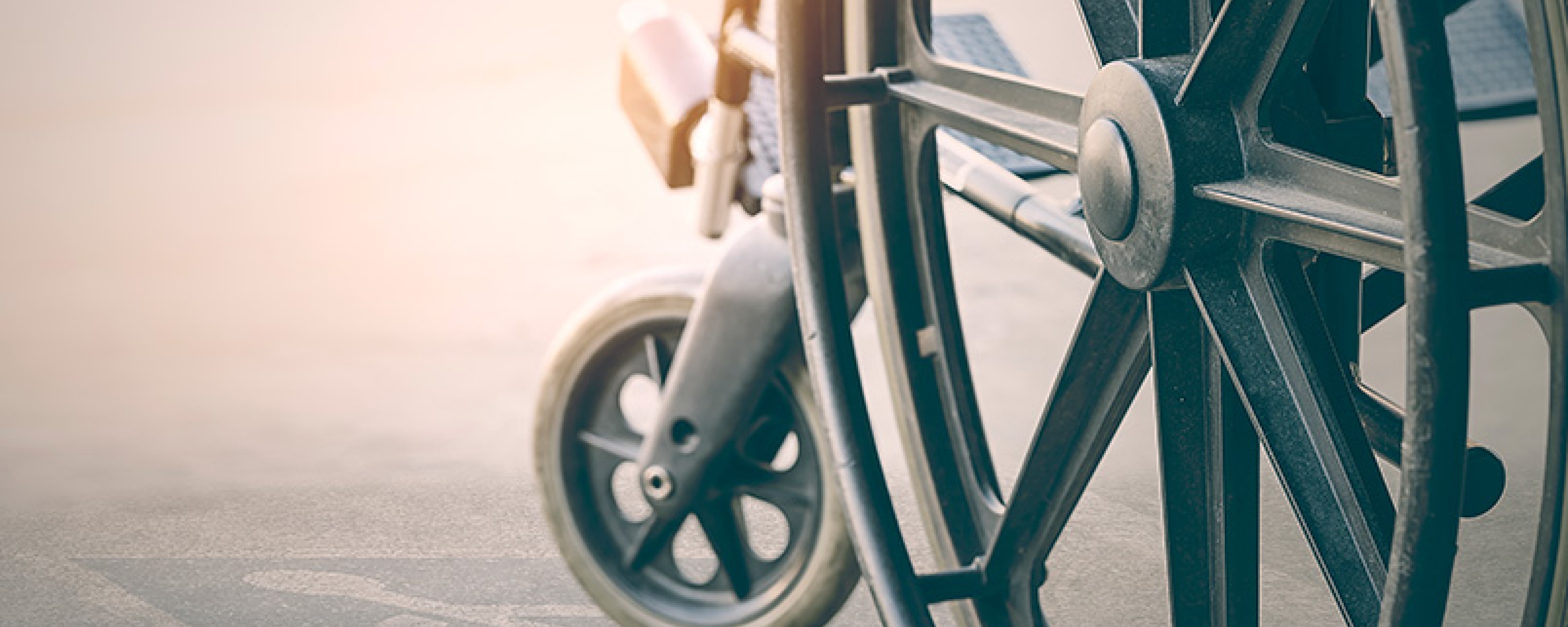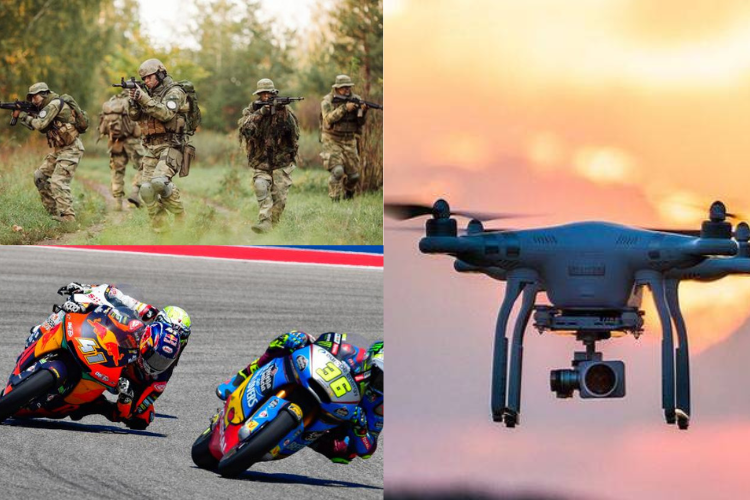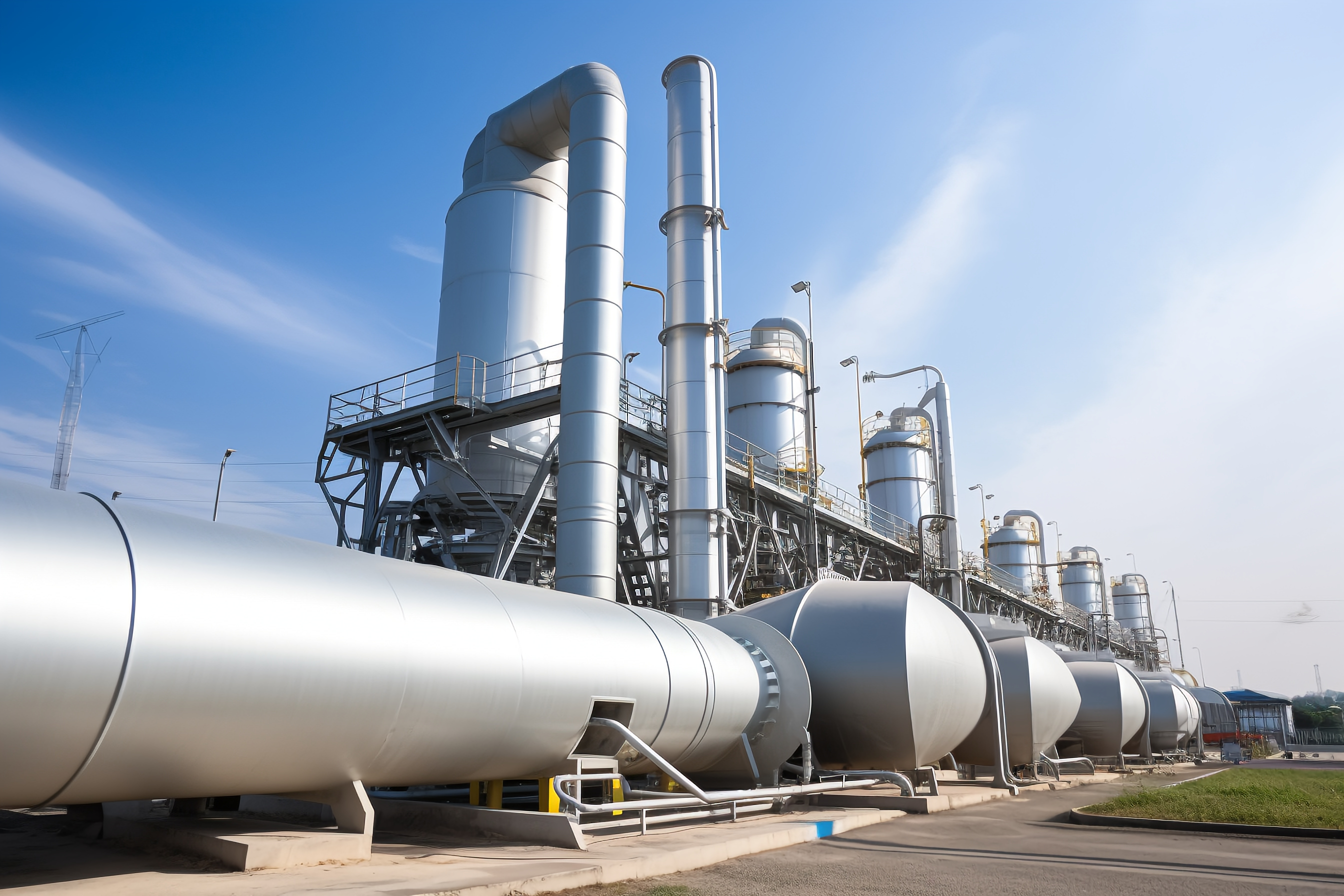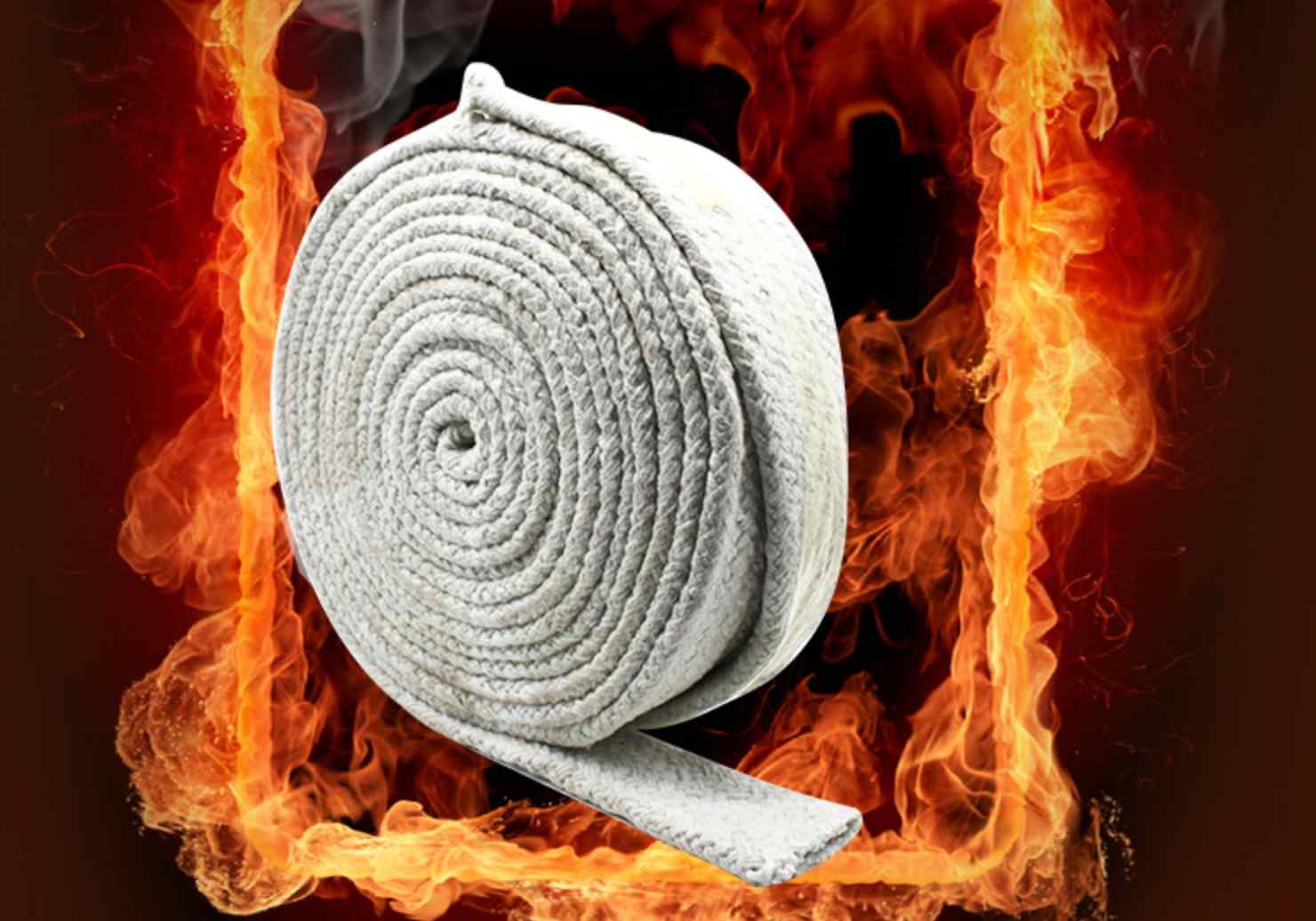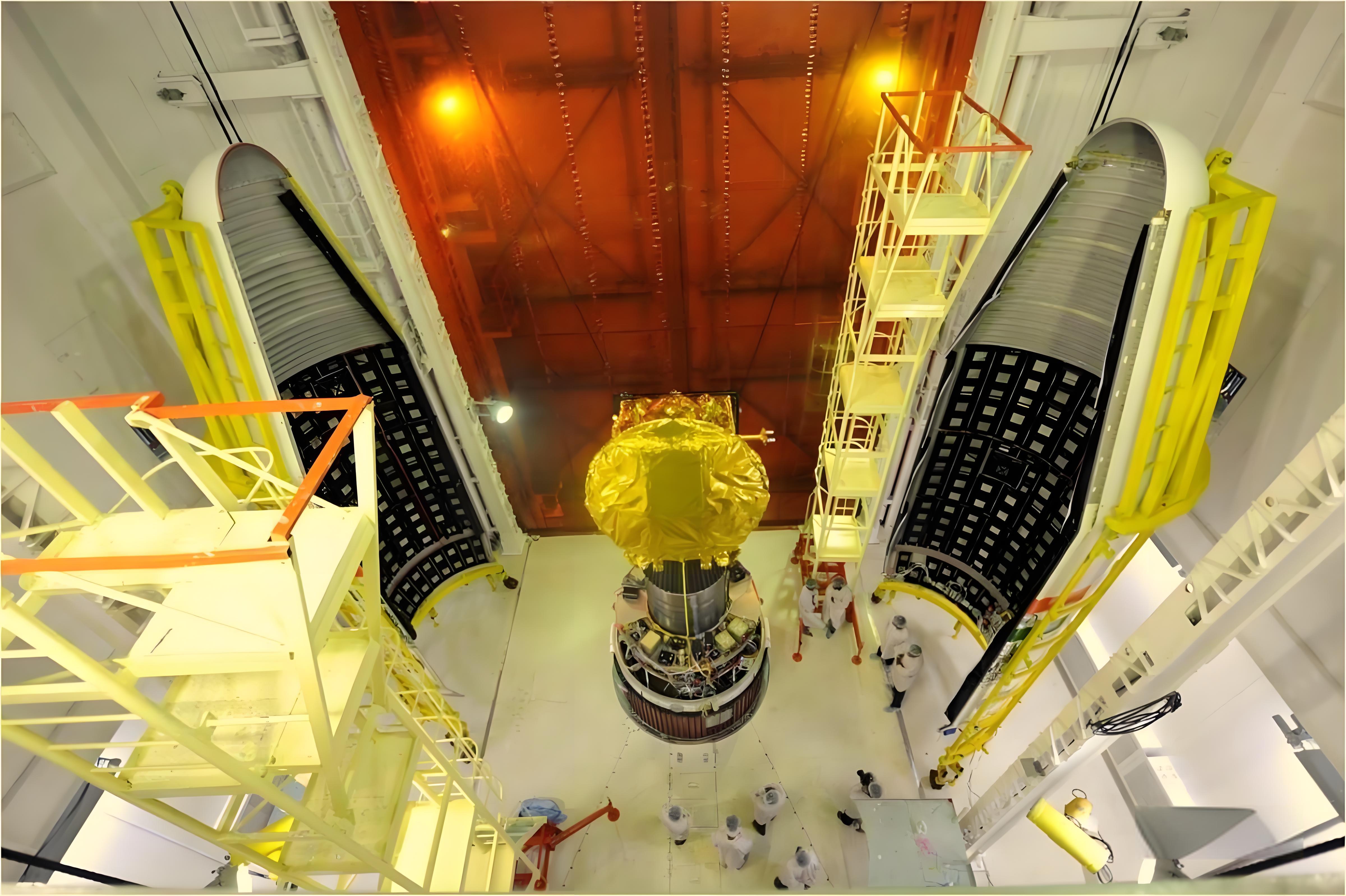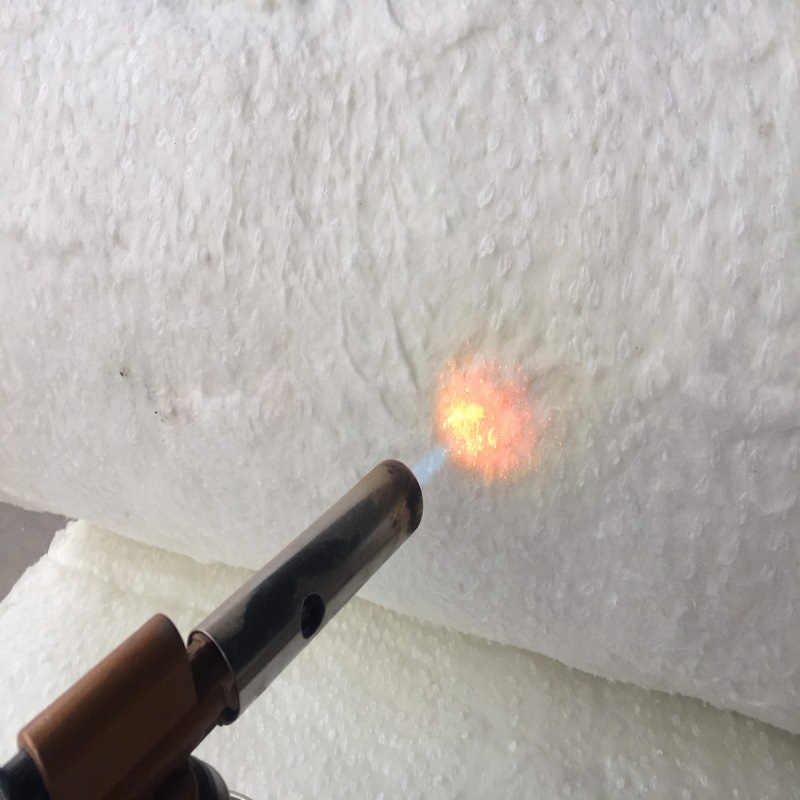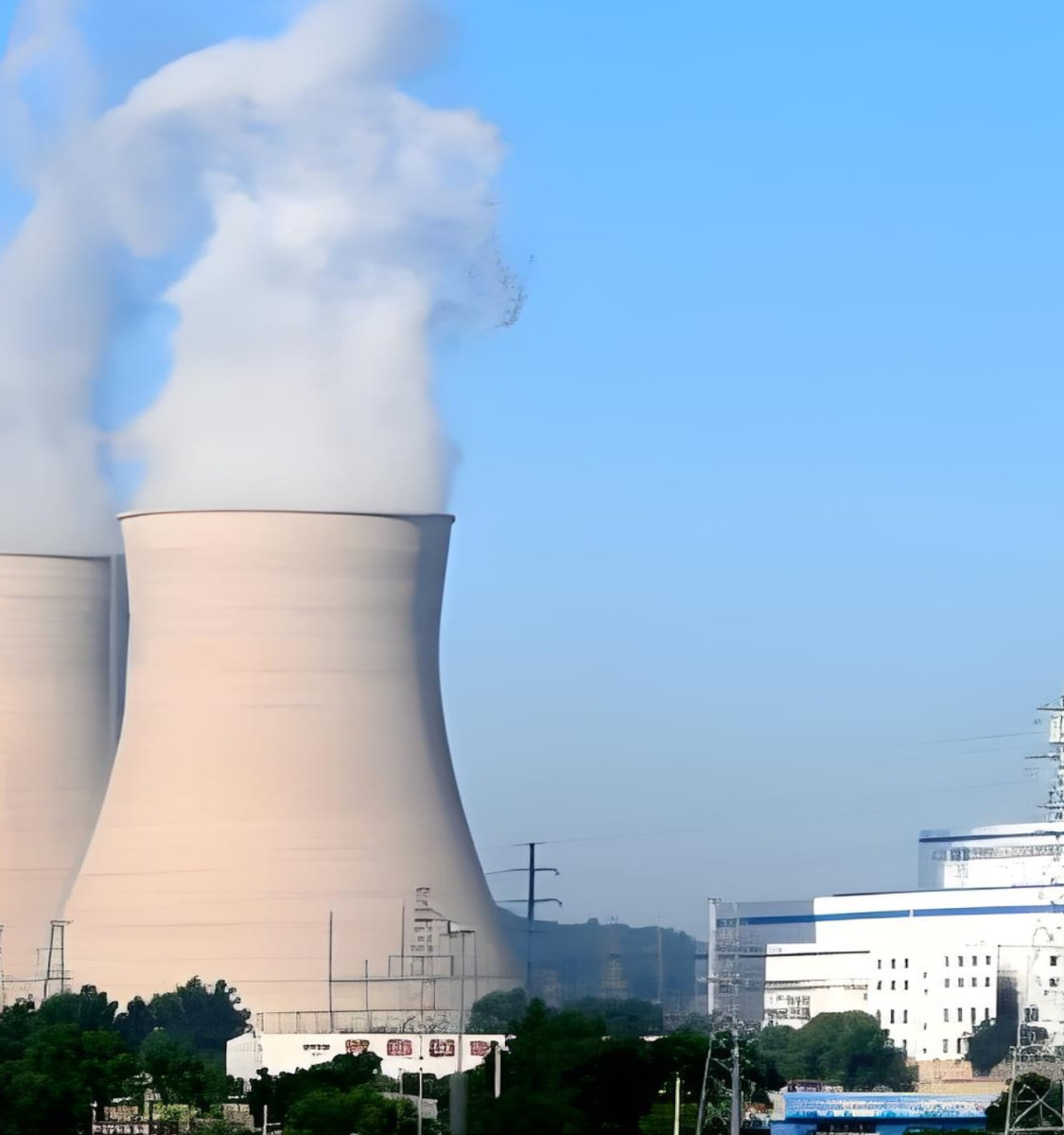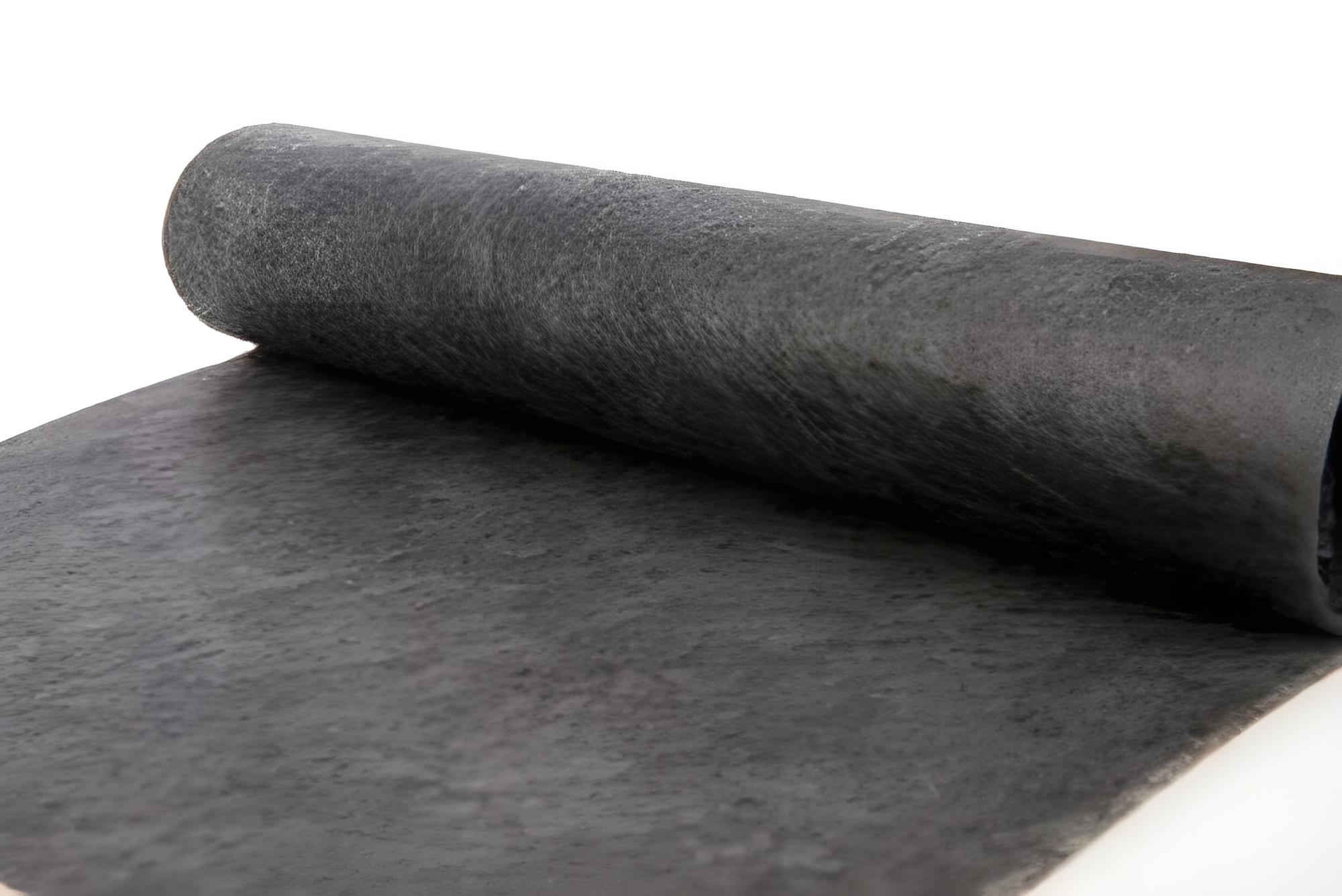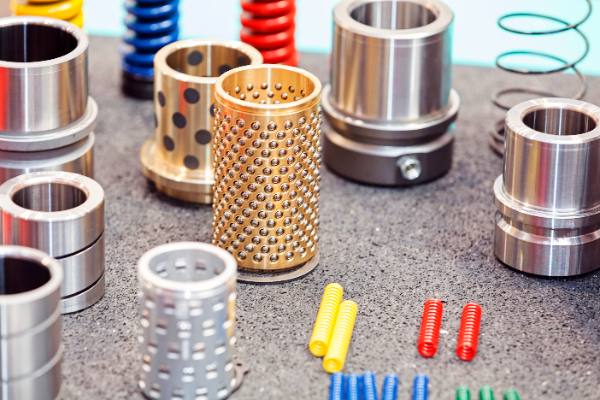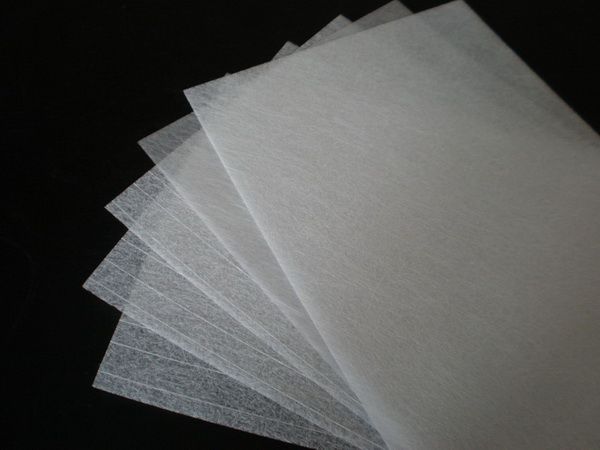+86-13732282311
merlin@xcellentcomposites.com
Let the world benefit from composite materials!
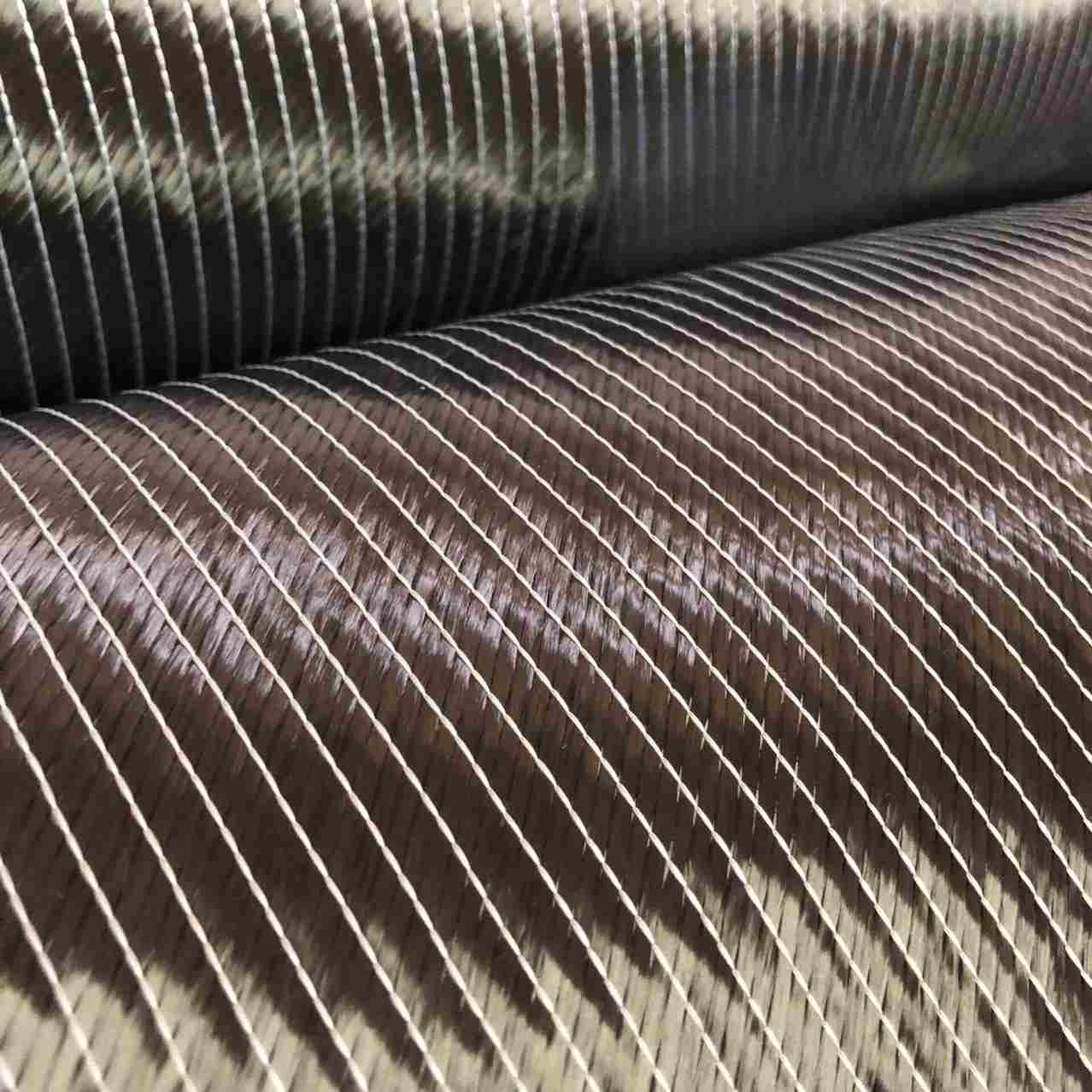
Carbon Fiber Multiaxial Fabric

Hybrid Woven Fabric
+86-13732282311
merlin@xcellentcomposites.com
Let the world benefit from composite materials!
Application of Carbon Fiber Composites in the Automotive Industry
Carbon fiber composite materials, with their light weight, high strength, high rigidity, good vibration and fatigue resistance, and corrosion resistance, are increasingly gaining attention in the automotive industry, with their applications in automobiles becoming more extensive.
As we entered the 21st century, the energy crisis has become increasingly severe, and emission regulations across the globe are becoming stricter. The urgent issue that the automotive industry needs to address is how to reduce fuel consumption and emissions without compromising safety and power. A crucial method to achieve energy saving and emission reduction is to replace traditional materials like metal with various lightweight materials, making vehicles lighter. Carbon fiber composite materials, with their light weight, high strength, high rigidity, good vibration and fatigue resistance, and corrosion resistance, are increasingly gaining attention in the automotive industry, with their applications in automobiles becoming more extensive. 
Carbon fiber and its composite materials are key materials supporting the development of the nation's high-tech industry. After more than 40 years of accumulation and development, China has made many breakthroughs in the research and development of carbon fiber and its composite materials. However, its application in the automotive field still lags behind the aerospace and other industrial fields. Therefore, there is a necessity to analyze the problems of carbon fiber composite materials in the application of China's automotive industry, propose reasonable development strategies, and adapt to the urgent needs of the automotive industry for material development.
Carbon fiber composite materials, created by combining reinforcing materials such as carbon fiber with resins, metals, ceramics, and other substrates, boast the highest comprehensive indicators of specific strength and specific modulus among existing structural materials, making them the most widely used type of composite materials.
Compared with metal materials, carbon fiber composite materials have many excellent properties and show clear advantages when applied to automobiles:
1) They have a small density and high strength.
2) They possess good toughness, excellent impact resistance, and energy absorption capabilities.
3) They have high damping and good vibration resistance.
4) They exhibit excellent fatigue resistance performance.
5) They have excellent heat resistance, corrosion resistance, and radiation resistance performances.
6) They offer various molding processes, good designability, and are easy to achieve integrated production of parts, greatly shortening the development cycle and saving costs.
When used in automobile parts, carbon fiber composite materials can not only achieve lightweighting of automobiles, but also greatly improve safety and riding comfort, which is why they are increasingly valued by the automotive industry.
1) The application of carbon fiber composite materials to automotive bodies, chassis, and load-bearing parts can achieve significant weight reduction while ensuring safety. Research results from the UK Materials Systems Laboratory (MSL) show that among bodies made of various materials, those made of carbon fiber composite materials are the lightest, especially compared with steel bodies, with a weight reduction effect of more than 53%.
2) Carbon fiber composite materials have good impact resistance and energy absorption capabilities, which provide good collision safety when used in car bodies and their structural parts.
3) Carbon fiber composite materials have a large vibration attenuation coefficient and strong vibration absorption capability, which not only can reduce the weight of the car when used in the transmission system and engine parts, but also can reduce vibration and noise, thereby increasing ride comfort.
4) Compared with metal materials, the use of carbon fiber composite materials to manufacture car bodies can save complex metal mold, stamping, welding, and painting investments, and the overall production cost is much lower. According to MSL's research results, for a certain production volume of automobiles (less than 20,000), the overall cost of a car body made of carbon fiber composite materials produced by resin transfer molding (RTM) is lower than that of a car body of metal technology, showing the economic advantage of carbon fiber composite materials used in car bodies in small batch production. Therefore, it has strong competitiveness and good social benefits in the development of future environmentally friendly models.
Popular Composite Materials
Popular Composite Materials
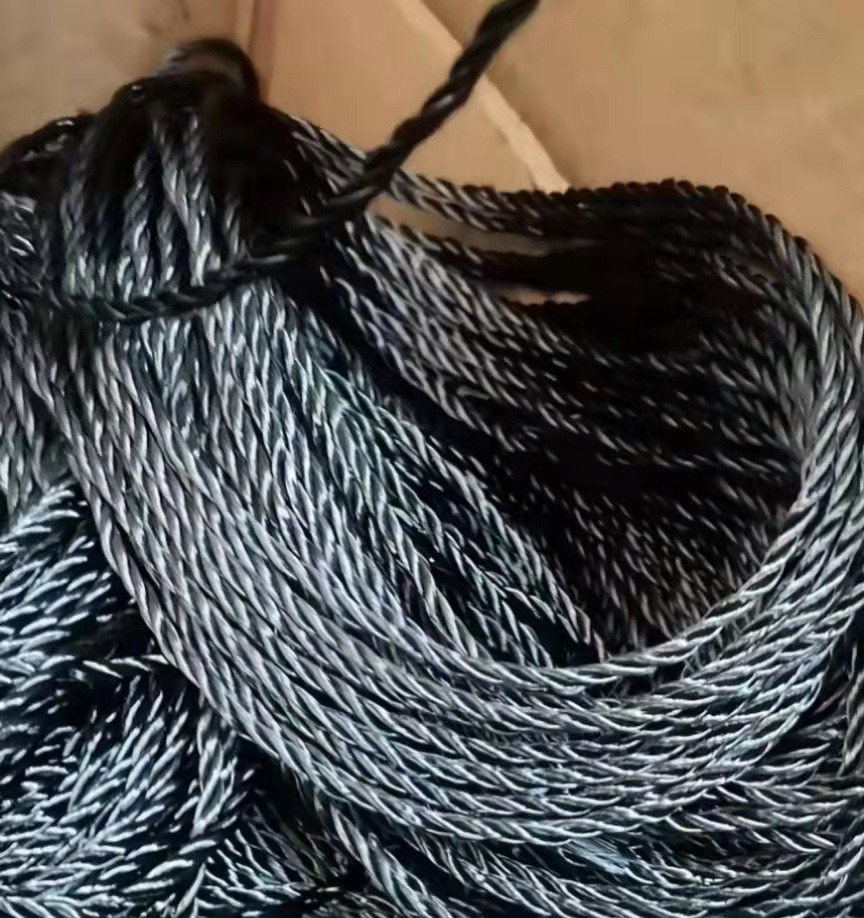



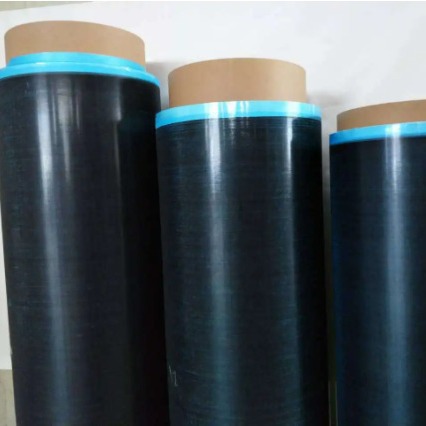
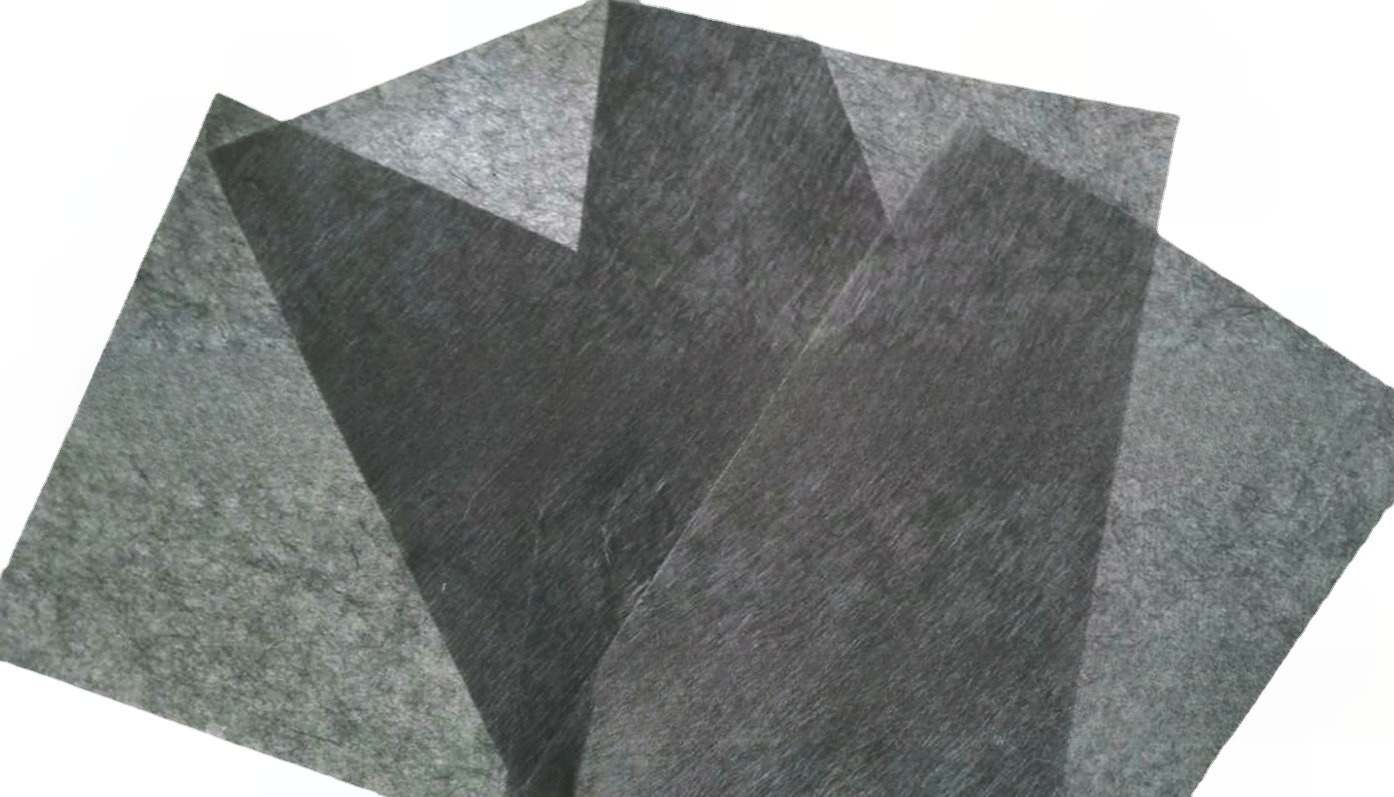
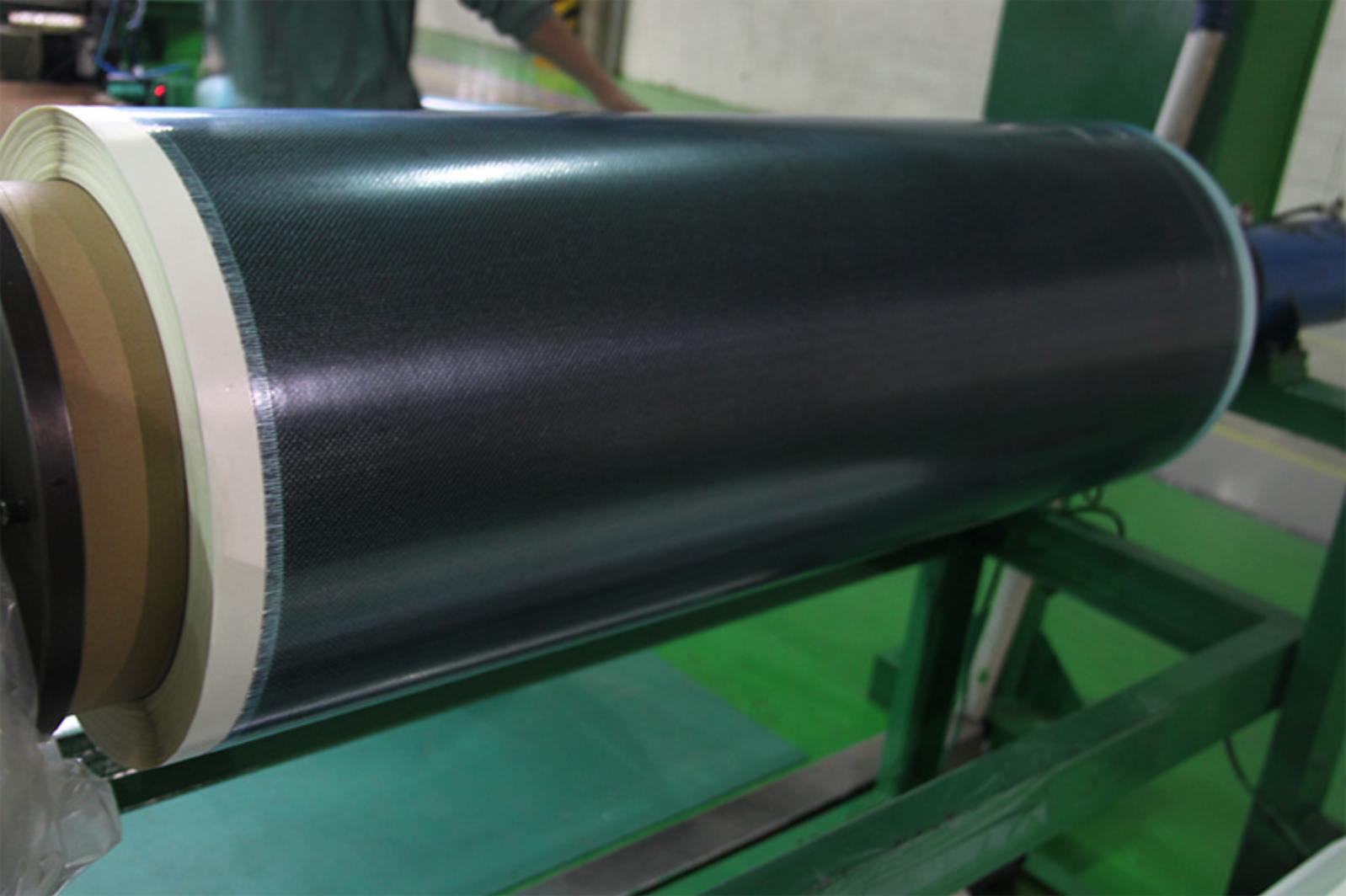

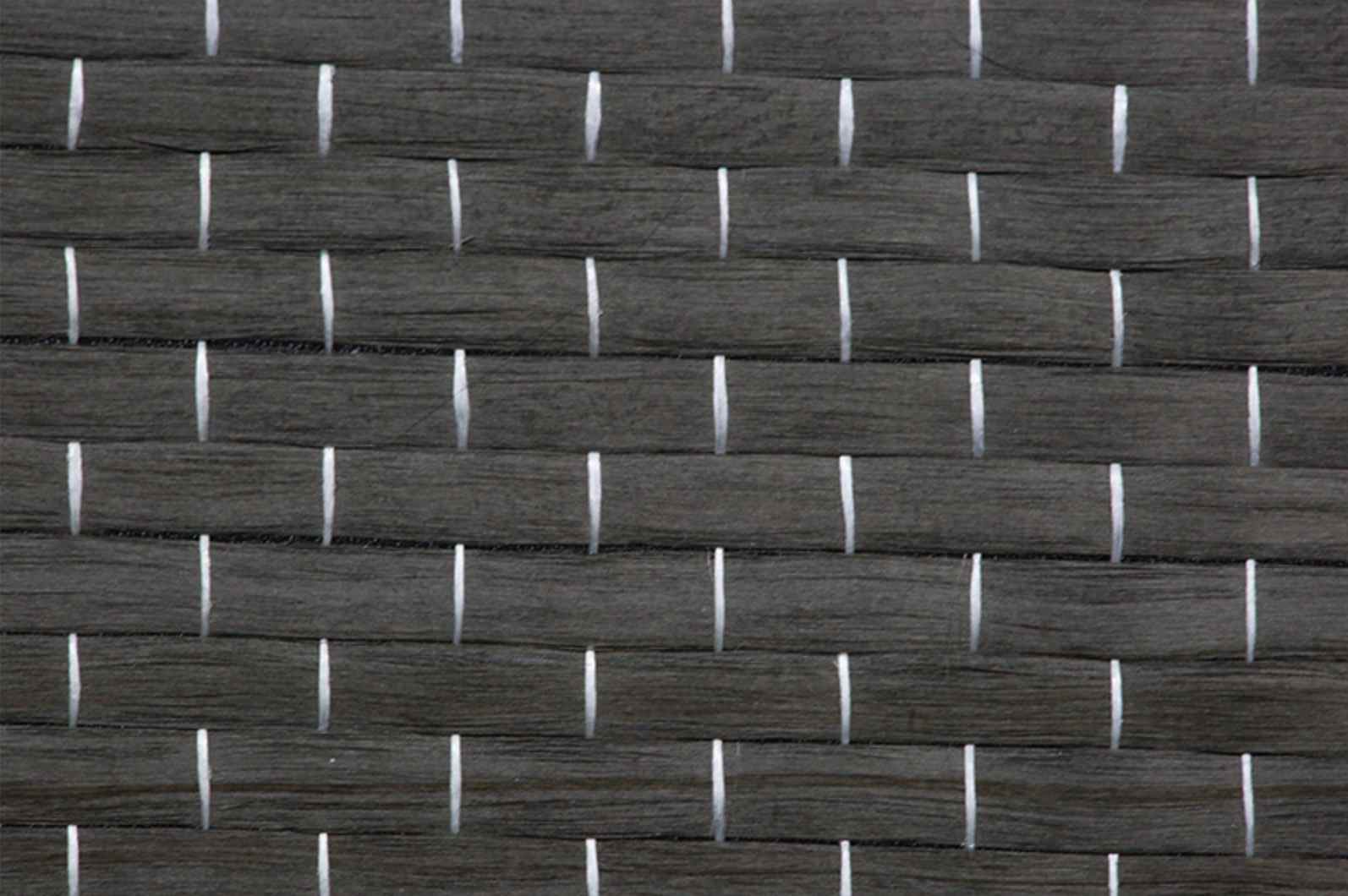
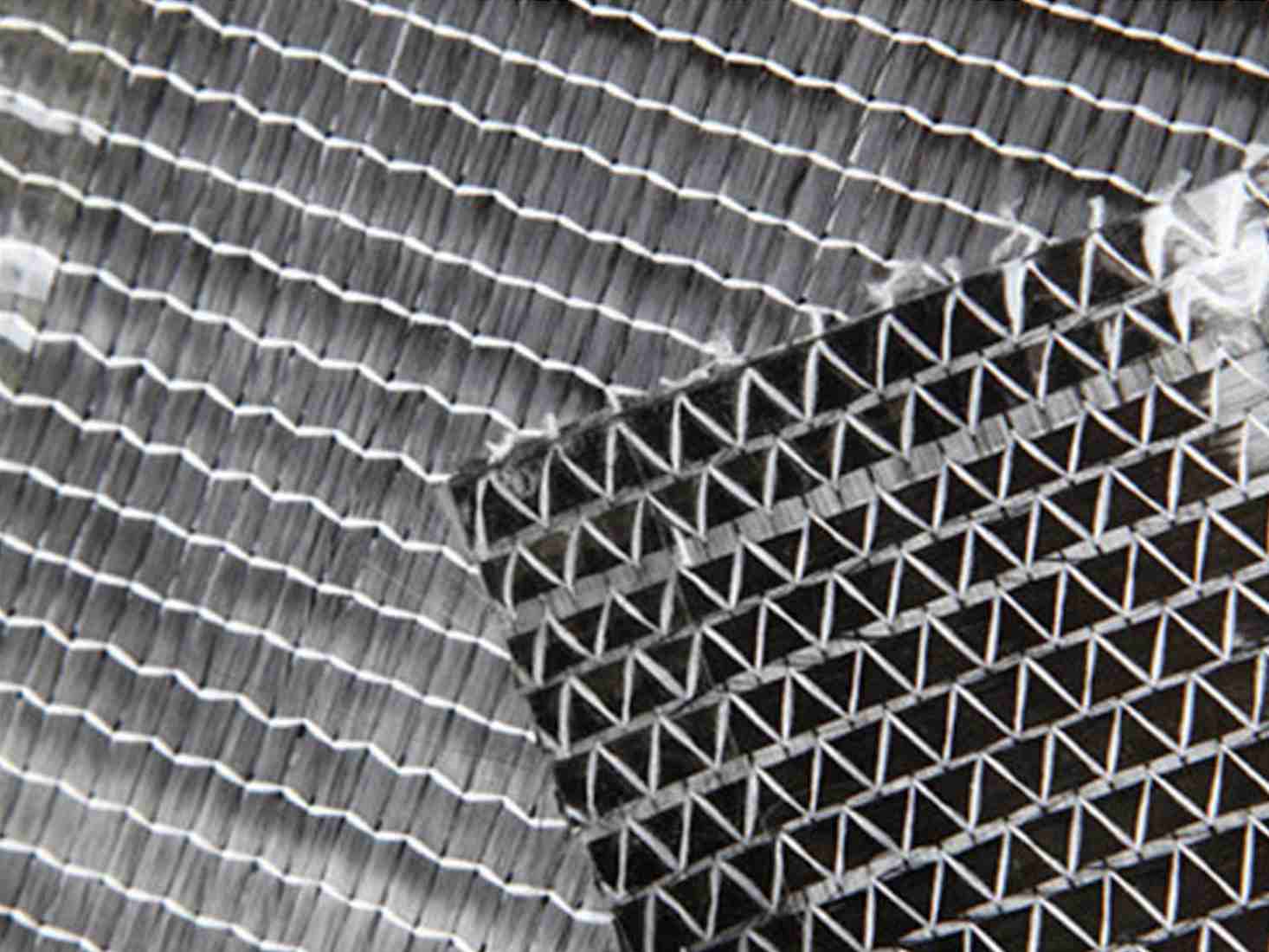
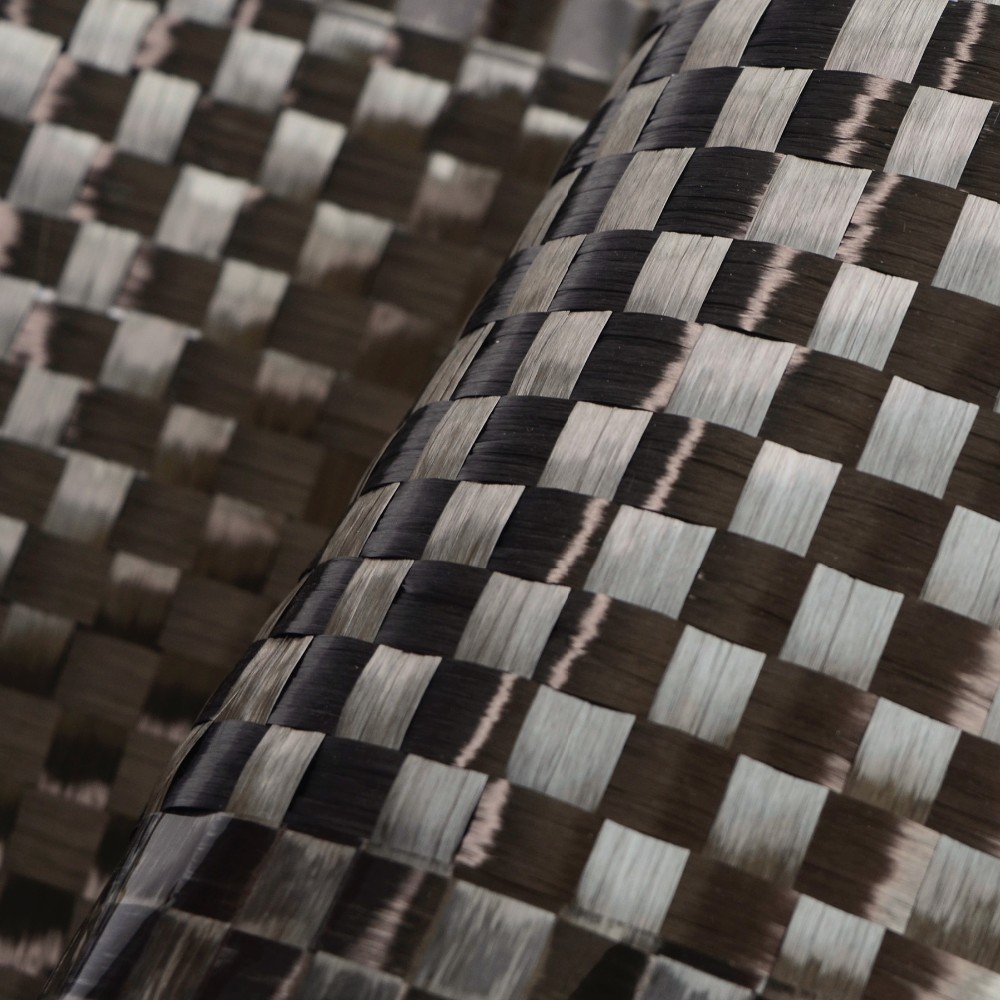

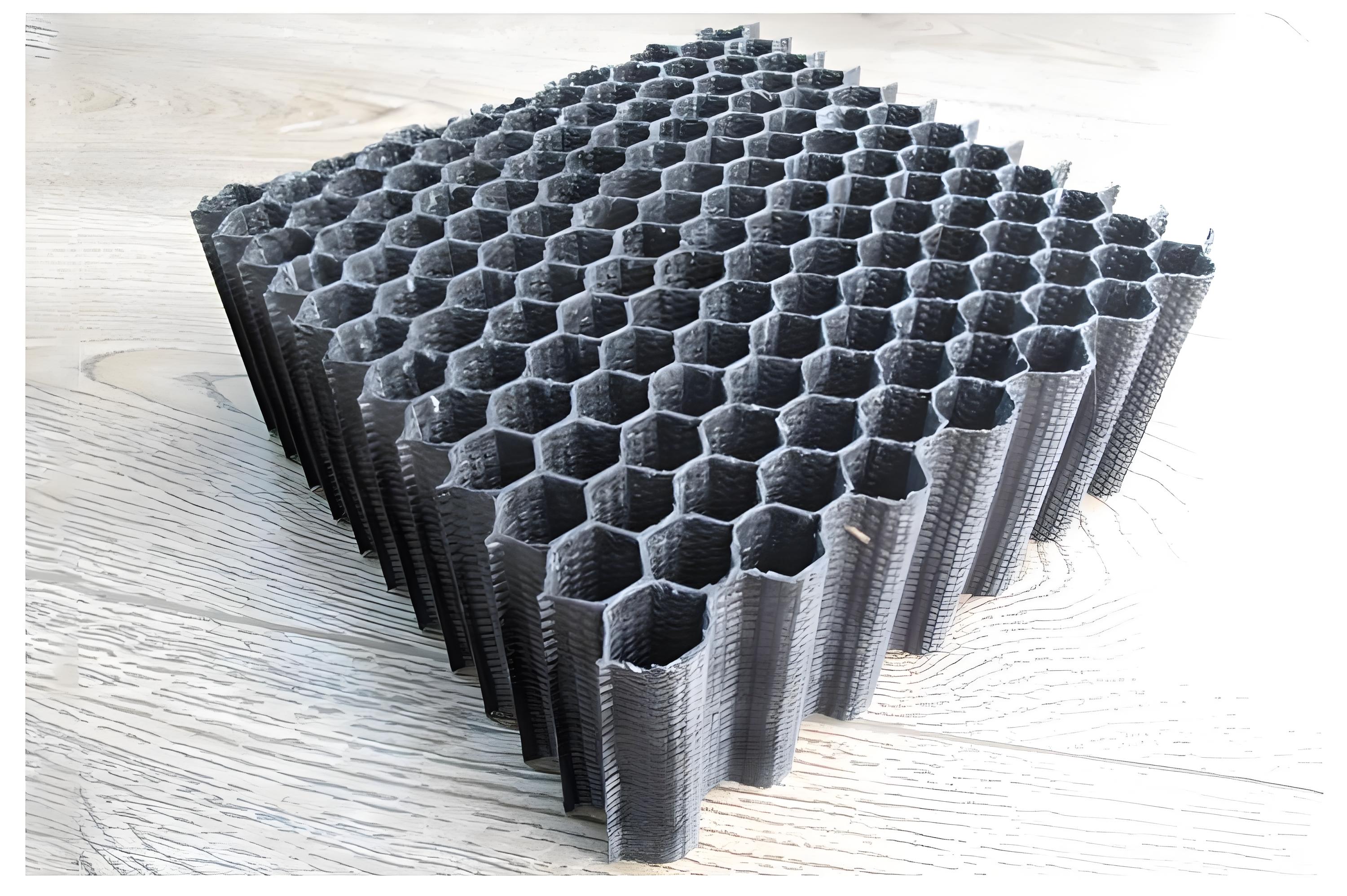
Composites Knowledge Hub
Composites Knowledge Hub
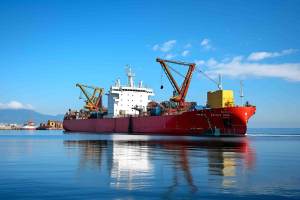
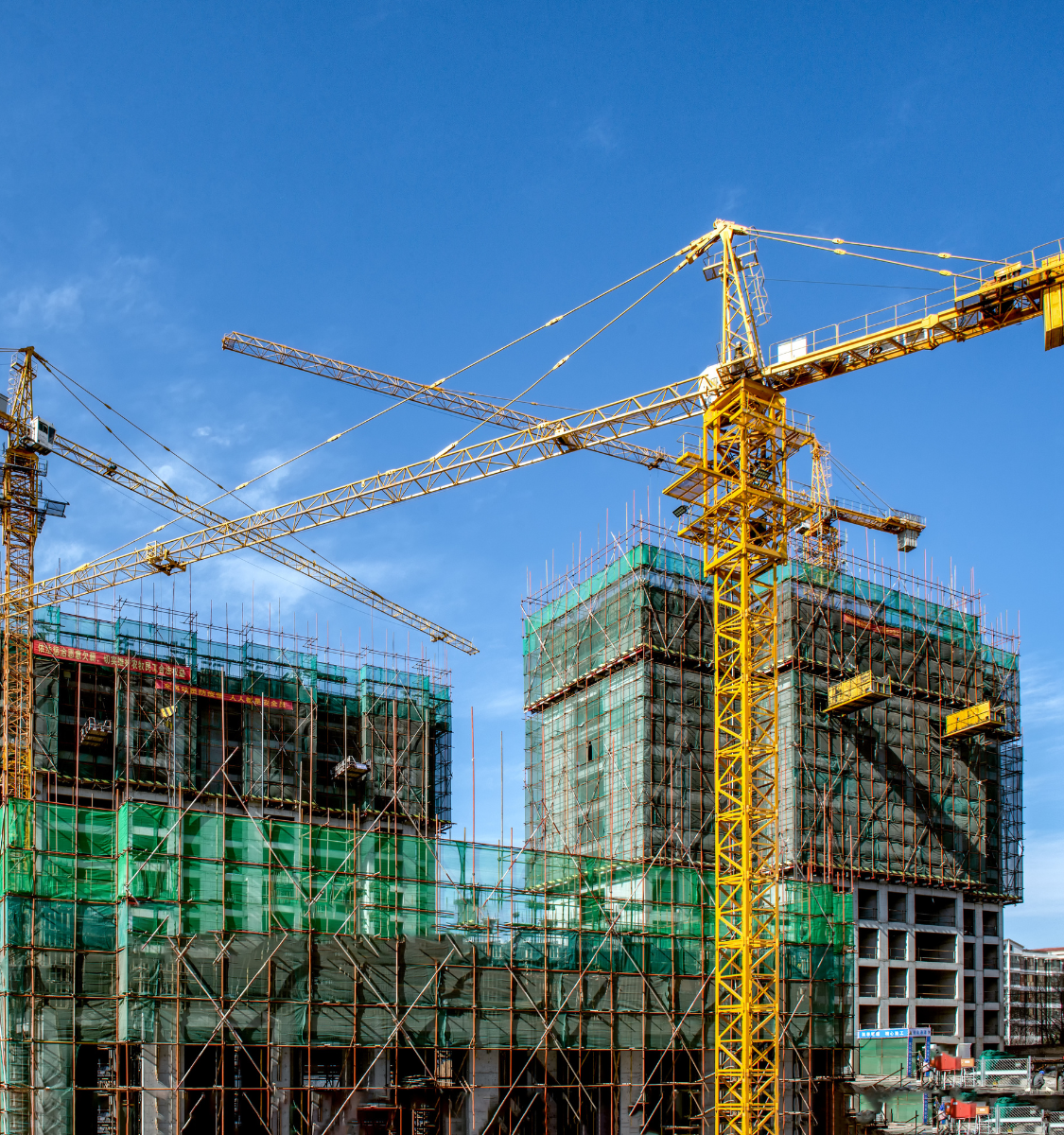


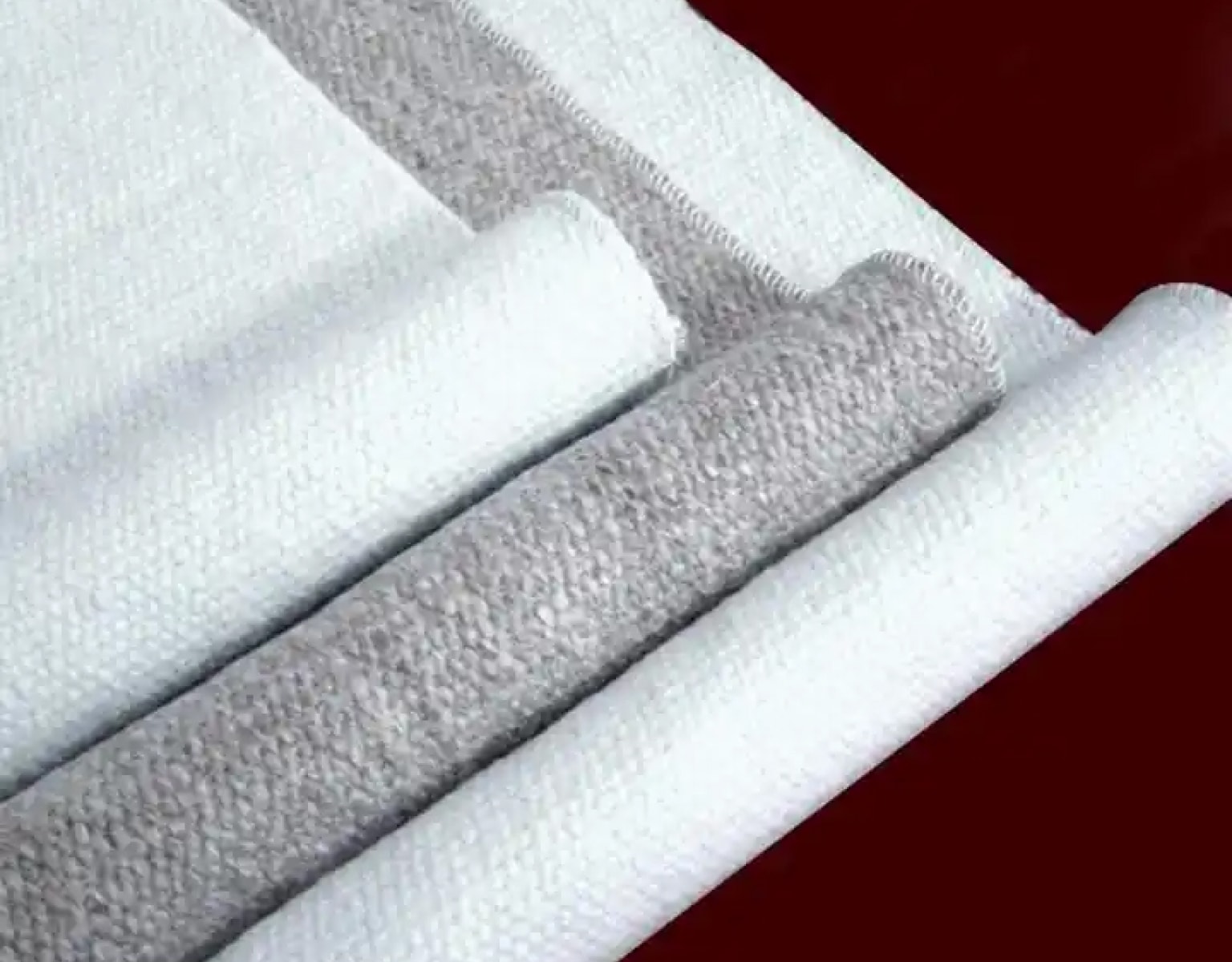
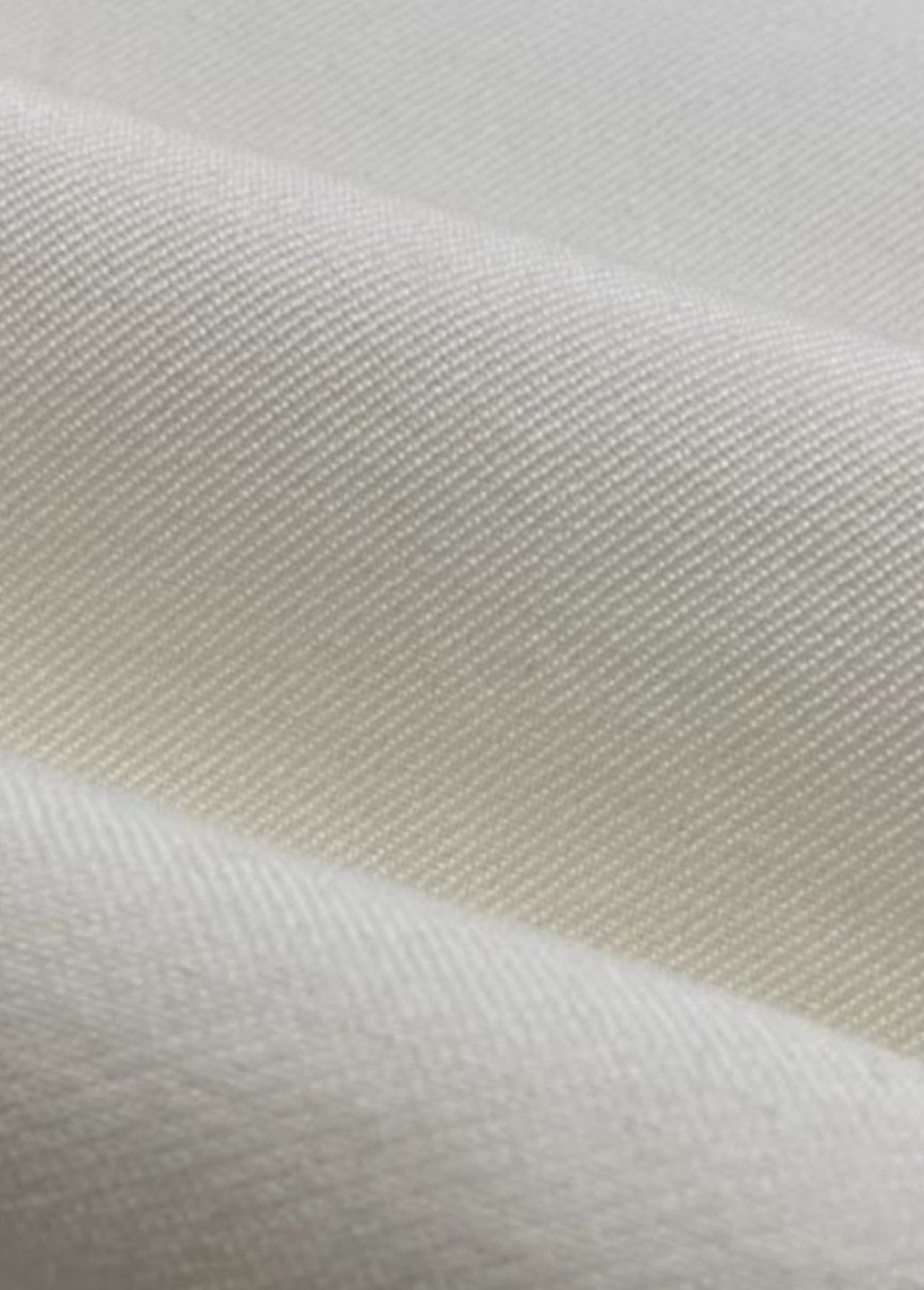




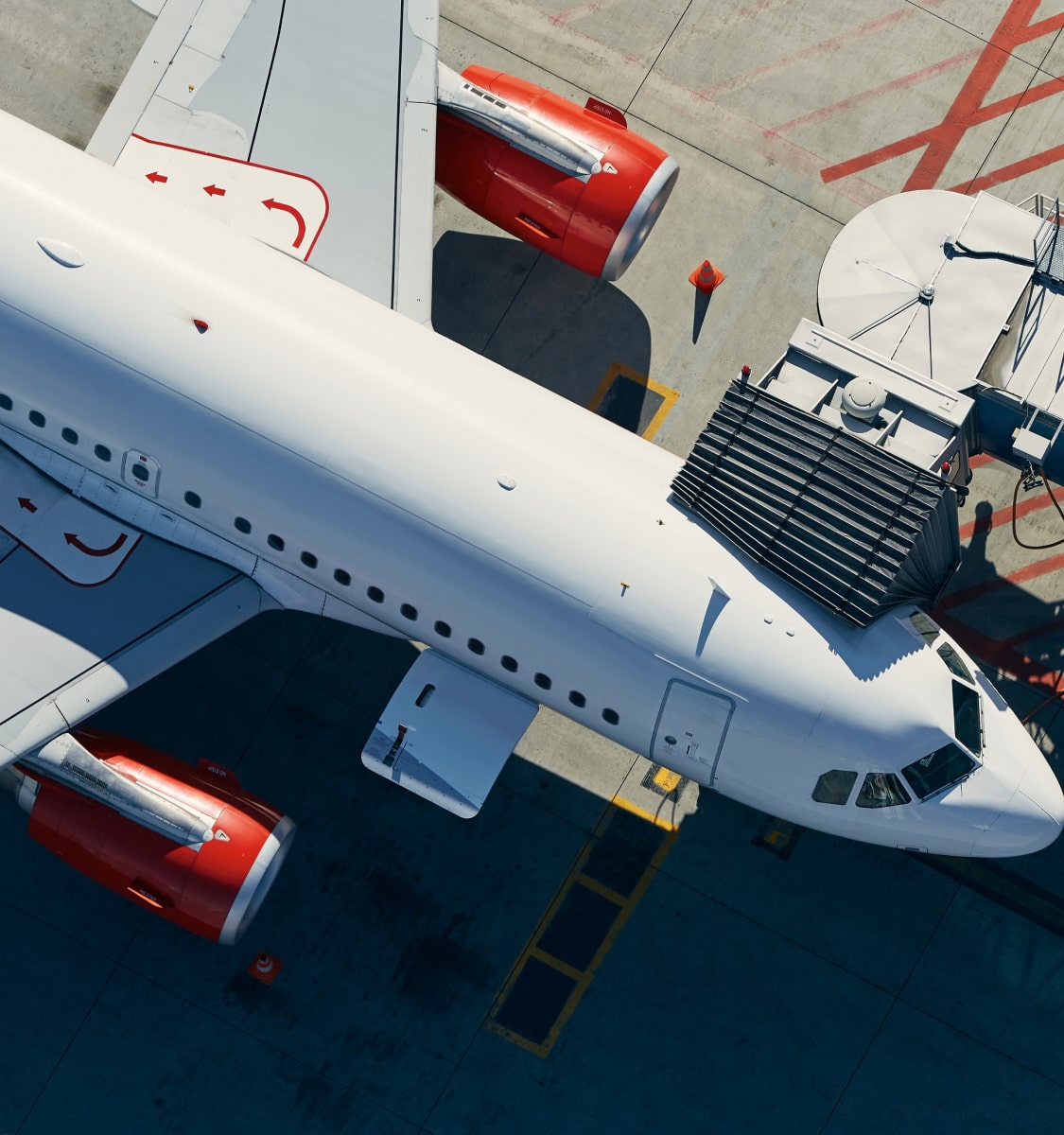



















Tel:
86-13732282311
E-mail:
merlin@xcellentcomposites.com
Copyright © Hangzhou Xcellent Composites Limited. All Rights Reserved.








